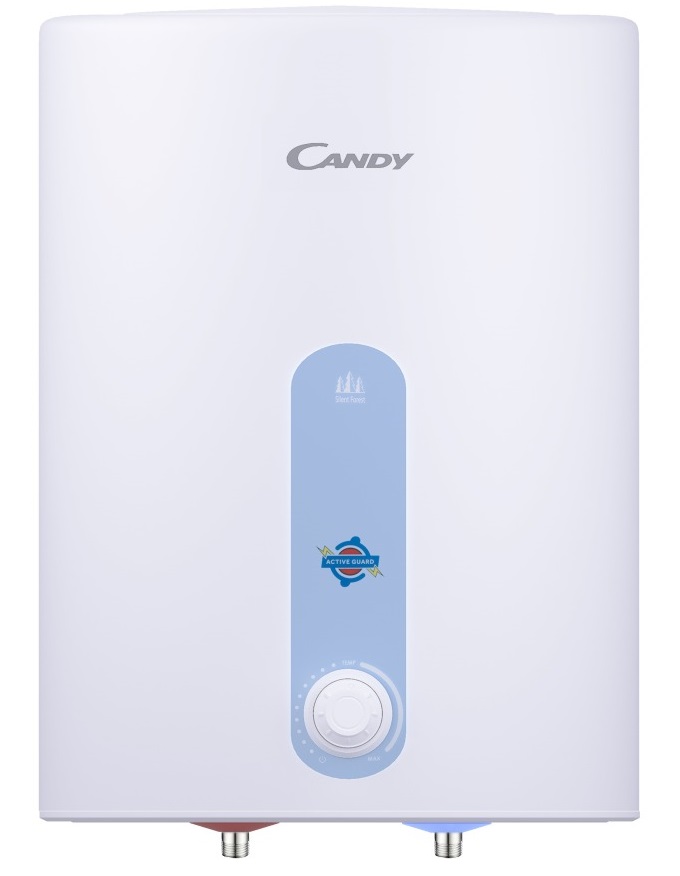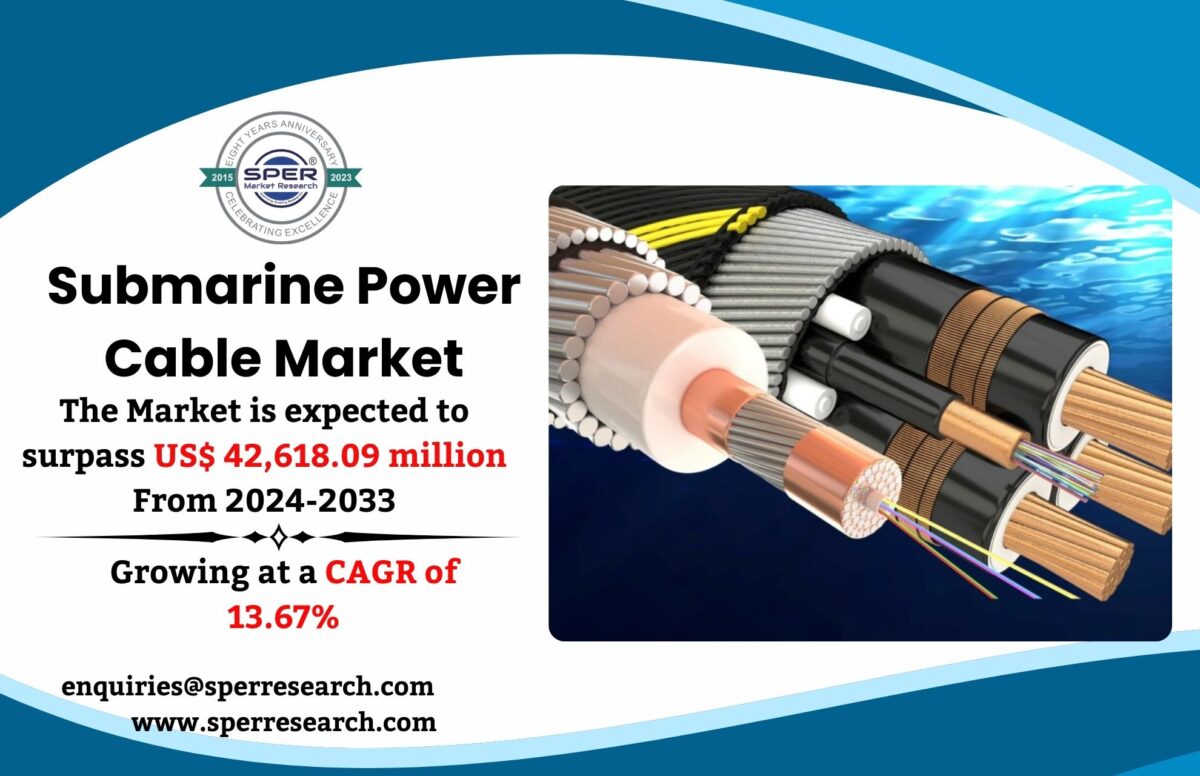A User Guide on Functions of Electric Storage Water Heaters

The act of raising water’s temperature is referred to as “heating” water. Water heaters are used in households and commercial set-ups for heating water to any required temperatures. A water heater’s type, size and use vary according to the needs.
A storage heater conserves more electricity than other heaters by holding heat and releasing it gradually throughout the day. You can utilise your heater to its full extent by learning how to use its control settings, conserve energy and manage it properly. Let’s read about how to use these electric storage water heaters in this article!
How to Operate Your Water Heater’s Controls?
1. Installing an electric storage heater requires hiring an electrician
An experienced electrician must install electric storage heaters because they cannot be plugged directly into your house like regular storage heaters. You can enquire with the local electrician to install the electric storage heater. They can come to your place and set it up.
● Consult with different electricians and compare services as well as prices. Then choose the most economical one.
● Storage heaters should not be installed or repaired without expert supervision.
2. The storage heater can be charged via the input dial
How much energy is utilised by the heater is determined by the input dial. The parameters typically range from 1 to 5. Your storage heater will store more energy as you raise the temperature setting.
● Select a low setting during the summer and a high setting during the winter as a general rule.
● This is because the heaters can often only be turned on in two directions: input or output. As a result, energy is used while being conserved during input.
3. The heater’s air output can be adjusted using the output dial
In most cases, the output dial contains settings ranging from 1 to 5. It regulates the hot air emitted by the water heater emits at a time. Your room will feel warmer if the setting is higher.
4. When the air in your heater runs out, switch to input
Turning the input dial back on will allow your heater to store extra hot air for the following day if the output set runs out of hot air. Set the input dial higher than the day before if you prematurely run out of hot air.
5. If the stored heat is exhausted, switch to the turbo setting
Most storage heaters offer a “boost” mode that heats the air by using power straight from the mains. The boost setting can keep your room warm if the input dial wasn’t raised high enough before and your room is cold. In general, using energy from the input dial is less expensive than using the boost option because it uses direct electricity.
6. On fan-assisted storage heaters, use the thermostatic control
You may tune the heater to a preset temperature using electric storage heaters. Set your storage heater to the desired temperature, which will modify the amount of heat it emits into the space based on the environment.
● You may regulate how much heat is released at a time with some fan-assisted storage heaters by adjusting the fan speed.
● Fan-assisted storage heaters generally use less electricity than other storage heater solutions.
Making Your Heater More Energy-Efficient
1. To set the input dial, first check the weather report
To determine how much heat you’ll need, check the weather forecast for your city before selecting a higher input setting. For example, increase your input dial setting if the next day’s weather is predicted to be cold.
● You may maximise your energy savings by adjusting the input set to the weather prediction.
● Keep your input dial on a low level if it is warm outside.
2. When you aren’t at home, turn off the output
Remember to disable the output setting before departing the house for the day. Likewise, if you’re leaving for a trip or won’t be home for a few days, turn off the input set.
3. As much as possible, avoid utilising the boost setting
If you want to save money, stay away from the turbo setting because it consumes more energy. Use the boost option if you require additional heat, but be sure to turn it off when you are through with it’s use.
4. For various rooms, utilise various output settings
Electric storage heaters typically heat a single room. If you have several storage heaters, change the output settings whenever you enter or leave a room. By doing this, you’ll be able to save heat and have enough to get you through the day.
5. Keep additional plug-in heaters out of the equation
Avoid plugging in an additional heater if your output setting doesn’t produce enough heat. Set the input setting higher for the next day to save money and energy. To get you through the day, you can utilise the turbo setting, which uses less energy.
Conclusion
Purchase an electric storage water heater online, taking into account a few crucial factors before making your purchase, such as capacity, energy consumption etc.
The 15L geyser online can be purchased if your family has 5-6 members. It also comes with different temperature controls, which allow you to adjust the heating level to your preference and seasonal needs. This geyser is created specifically utilising a Multi-Functional Valve (MFV). High-rise buildings and pressure pump applications are suited for their capacity to bear pressure up to 8 Bar.










